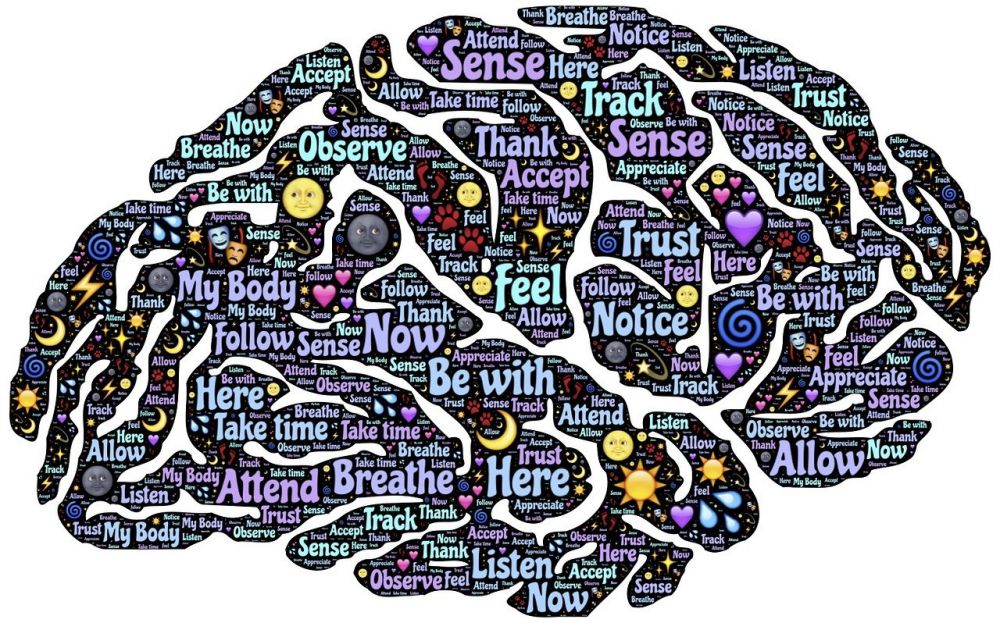Yoga Programs: Exploring Types, Benefits, and Differences

Introduction:
Yoga programs have gained immense popularity in recent years due to their numerous benefits for physical and mental well-being. In this comprehensive article, we will provide an in-depth overview of yoga programs, exploring their types, popularity, quantitative measurements, and the differences between them. Additionally, we will delve into the historical context of the advantages and disadvantages associated with various yoga programs.
What are Yoga Programs?

Yoga programs encompass a variety of structured and guided practices that combine physical postures (asanas), breathing exercises (pranayama), meditation, and relaxation techniques. These programs are designed to promote harmony between the body, mind, and spirit while enhancing strength, flexibility, balance, and overall health.
Types of Yoga Programs:
1. Hatha Yoga: This is a foundational yoga program that focuses on physical postures and breathing techniques. It is suitable for beginners and emphasizes relaxation and stress reduction.
2. Vinyasa Yoga: Vinyasa yoga involves linking dynamic movements with breath. It is known for its flow-like sequences and is popular for increasing strength, cardio endurance, and flexibility.
3. Bikram Yoga: Also known as hot yoga, Bikram yoga consists of a series of 26 postures and breathing exercises practiced in a heated room. It aims to detoxify the body, improve flexibility, and increase cardiovascular fitness.
4. Ashtanga Yoga: Ashtanga yoga is a physically demanding program that follows a set series of postures. It focuses on synchronizing breath with movement to create a meditative flow.
5. Iyengar Yoga: Known for its attention to detail and precise alignment, Iyengar yoga utilizes props such as blocks, straps, and blankets to assist in achieving proper posture and alignment.
Quantitative Measurements:
Yoga programs have been the subject of scientific research, and various quantitative measurements have been conducted to assess their effectiveness. Some key measurements include:
1. Heart Rate Variability: Yoga programs have been found to increase heart rate variability, indicating a positive impact on cardiovascular health and stress reduction.
2. Lung Function: Regular practice of breathing exercises in yoga programs has been shown to improve lung function and respiratory efficiency.
3. Flexibility and Muscular Strengt Yoga programs often incorporate postures that promote muscular strength and flexibility. Studies have demonstrated significant improvements in both areas after consistent practice.
4. Mental Healt Yoga programs have been associated with reduced anxiety, depression, and stress levels, as well as improved mood, emotional well-being, and mindfulness.
Differences Between Yoga Programs:
While all yoga programs share a common goal of promoting holistic well-being, several factors differentiate them. These include:
1. Intensity: Some programs, such as Vinyasa or Ashtanga, are more intense and physically demanding, while others, like Hatha or Iyengar, focus on relaxation and gentle movements.
2. Emphasis: Each program emphasizes different aspects of yoga. For example, Bikram yoga emphasizes heat and detoxification, while Iyengar yoga emphasizes alignment and precision.
3. Structure: Yoga programs can vary in terms of the sequencing of postures, the duration of sessions, and the specific techniques employed.
Historical Overview of Benefits and Drawbacks:
Throughout history, yoga programs have been praised for their numerous benefits, such as promoting physical health, enhancing mental well-being, and fostering spiritual growth. However, criticisms have also been raised, including concerns about injuries, potential conflicts with religious beliefs, and lack of standardization in teacher training.
Conclusion:
Yoga programs offer a diverse range of options that cater to various individuals’ needs and preferences. Whether you seek physical fitness, stress reduction, or spiritual growth, there is a yoga program suited for you. By exploring the types, quantitative measurements, differences, and historical context, you can make an informed choice and embark on a journey of self-discovery and wellness.





